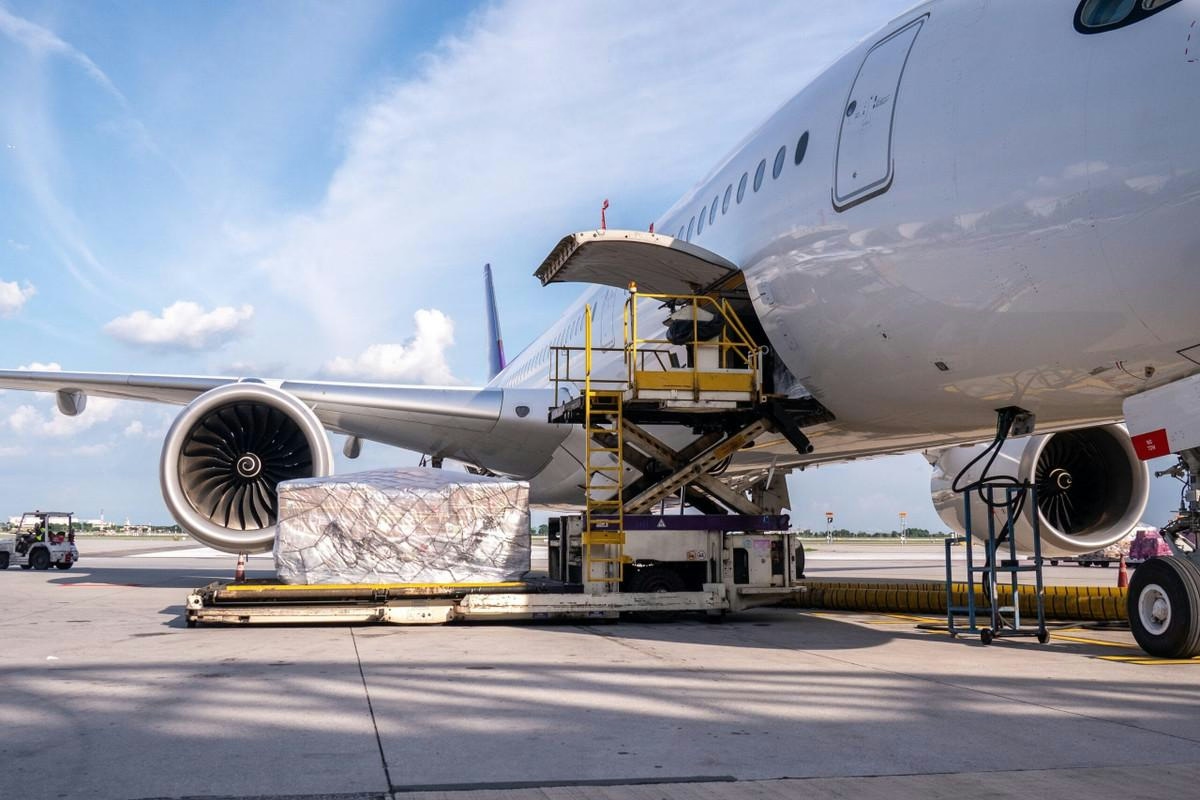
AeroGenie — ваш интеллектуальный второй пилот.
В тренде
Categories
Thai Airways Leases Wide-Body Aircraft to Enhance Thailand’s Aviation Competitiveness
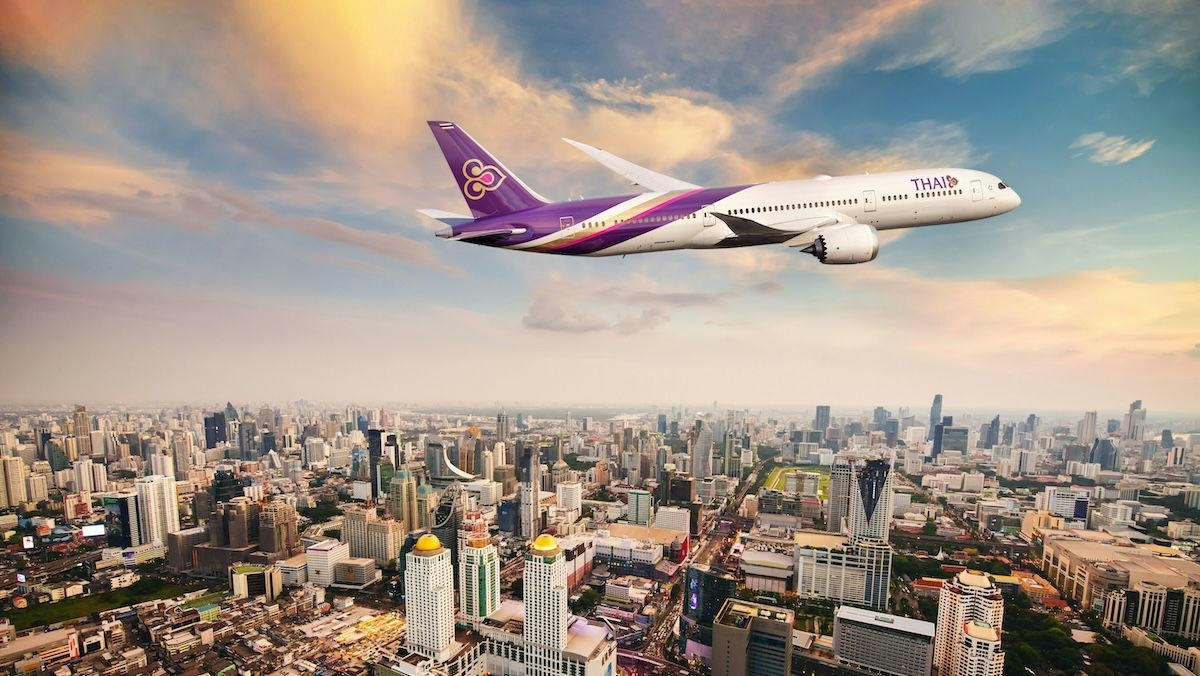
Thai Airways Leases Wide-Body Aircraft to Enhance Thailand’s Aviation Competitiveness
Addressing Fleet Shortages Amid Rising Demand
Thai Airways is undertaking a significant strategic initiative to lease eight to ten wide-body aircraft in response to an urgent fleet shortage. The airline faces the imminent retirement of nine wide-body jets, creating a critical gap that threatens its capacity to meet growing demand for long-haul travel and sustain its extensive international route network. This leasing plan is a decisive effort to reinforce Thailand’s position as a leading aviation hub in Southeast Asia.
The airline’s Board of Directors is scheduled to review the leasing proposal on October 23. This move follows unsuccessful attempts to acquire new aircraft through purchase agreements with other carriers. Negotiations for three Boeing 777-300ERs and six Boeing 787s were ultimately unsuccessful, as rival airlines secured competing deals. Consequently, Thai Airways is prioritizing short-term leases, expected to last approximately six years, for aircraft with specifications closely matching those being retired.
Operational Challenges and Market Response
Leasing wide-body aircraft presents considerable operational challenges, including increased costs and the need for extensive training of flight crews and maintenance personnel. Despite these complexities, the market has responded favorably to the airline’s plan. Industry analysts project a strong earnings recovery for Thai Airways, highlighting a leaner cost structure and the potential to expand its route network as key factors that could drive future profitability.
The urgency of this leasing initiative is further underscored by the current imbalance in Thai Airways’ fleet composition. While the airline is receiving new narrow-body Airbus A321neo aircraft, the lack of additional wide-body planes jeopardizes its ability to implement long-term network strategies effectively. CEO Chai Eamsiri has noted that even with prompt board approval, it may take up to six months for the leased aircraft to be delivered and enter service, meaning the first arrivals are unlikely to be operational before mid-2026.
Implications for Thailand’s Aviation Sector
Failure to secure these leases would not only impair Thai Airways’ operational capacity and financial performance but could also hinder Thailand’s broader ambitions to solidify its role as a regional aviation leader. The competitive landscape in Southeast Asia is evolving rapidly, with other regional airlines expected to adopt similar fleet strategies to maintain their market positions.
In a related development, Thailand has recently become the first customer for Airbus’ A330-800-based Tanker Transport and the launch customer for the Multi Role Tanker Transport (MRTT). These acquisitions further strengthen the country’s aviation sector, signaling ongoing investment in advanced aviation capabilities and enhancing its industry standing.
Thai Airways’ decision to lease wide-body aircraft thus represents a critical step in addressing immediate operational challenges, supporting national aviation objectives, and maintaining a competitive edge in a dynamic regional market.
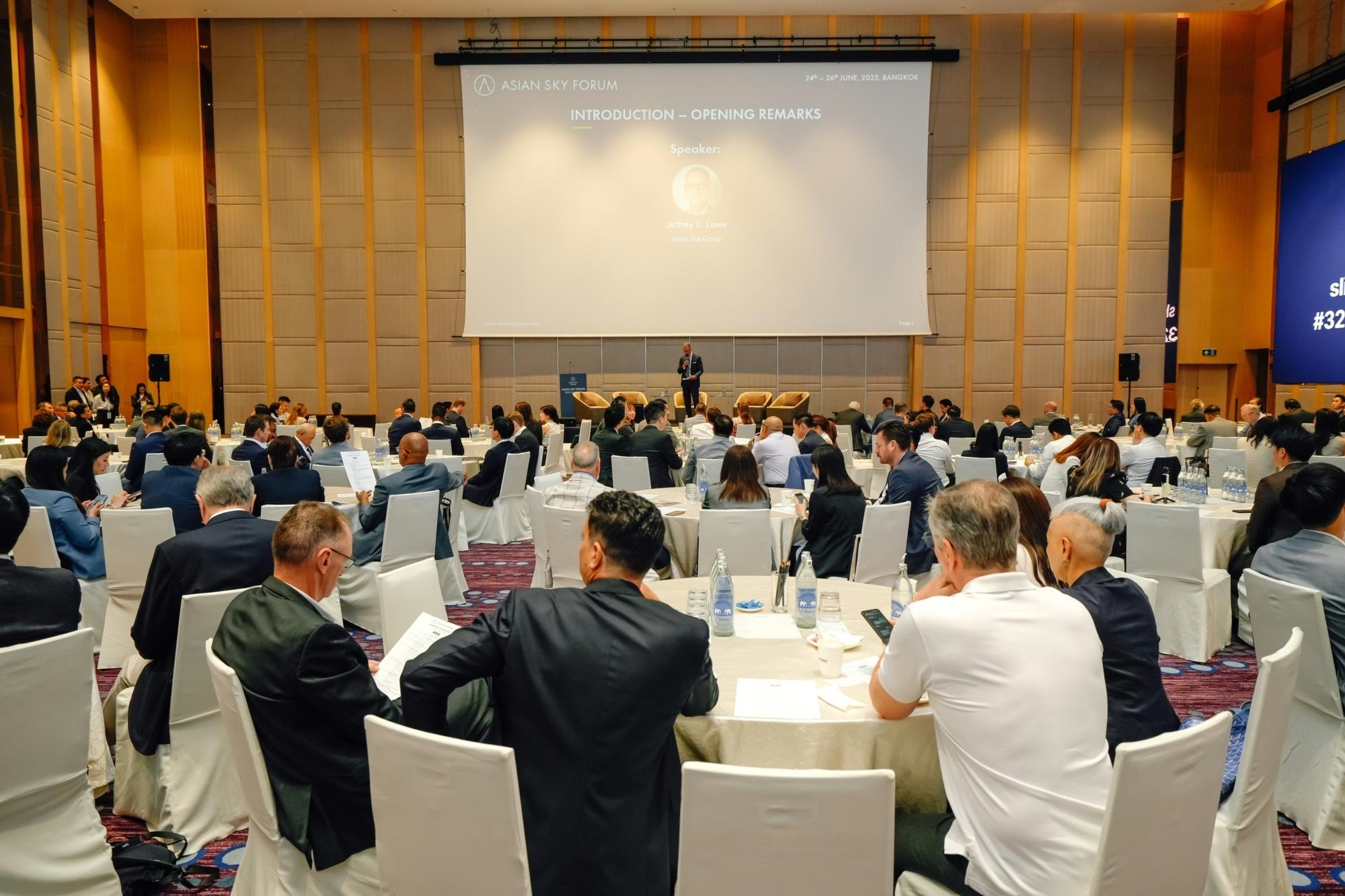
FACTS Summit 2025 in Sydney Highlights Innovation and Sustainability in Asia-Pacific Corporate Travel and Aviation
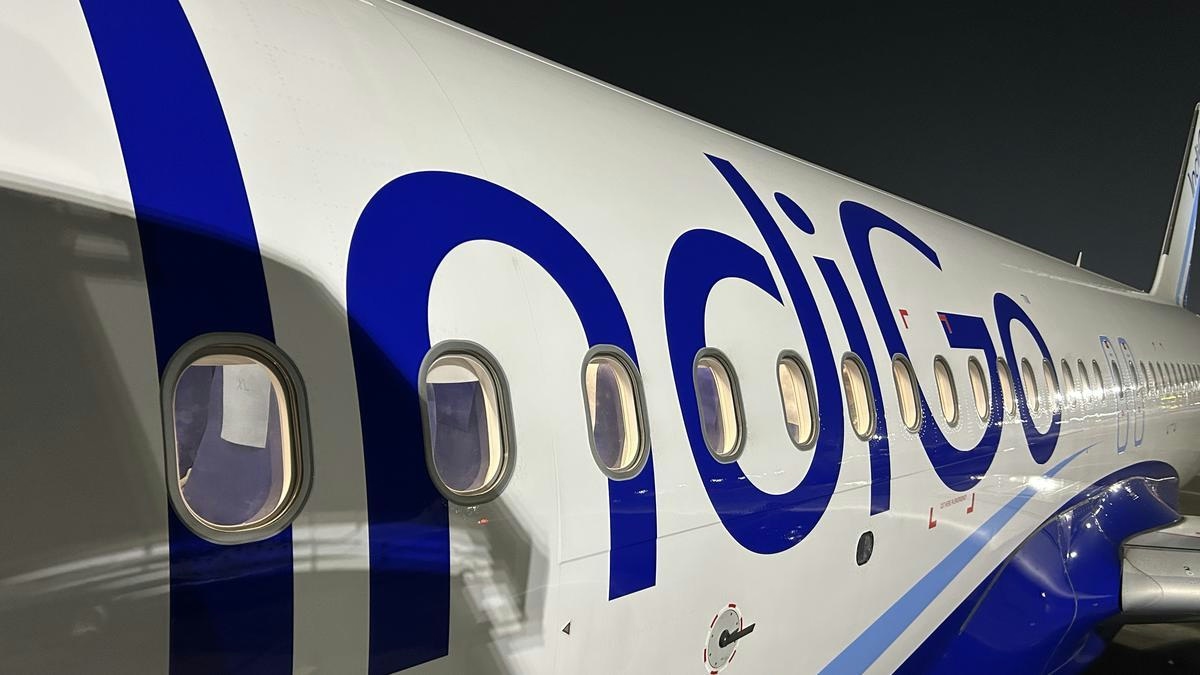
IndiGo to Deploy Wide-Body Aircraft on Vijayawada-Hyderabad Route, Says MP
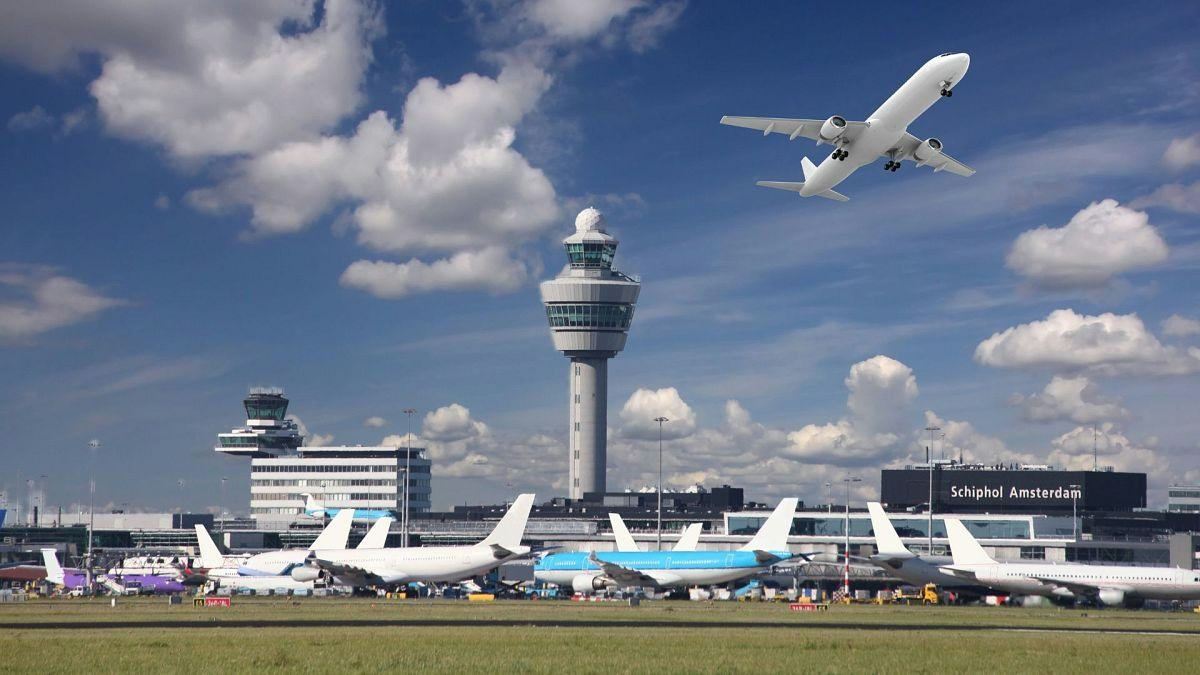
Europe Unveils New Aviation Strategy to Promote Cleaner, Faster Flights
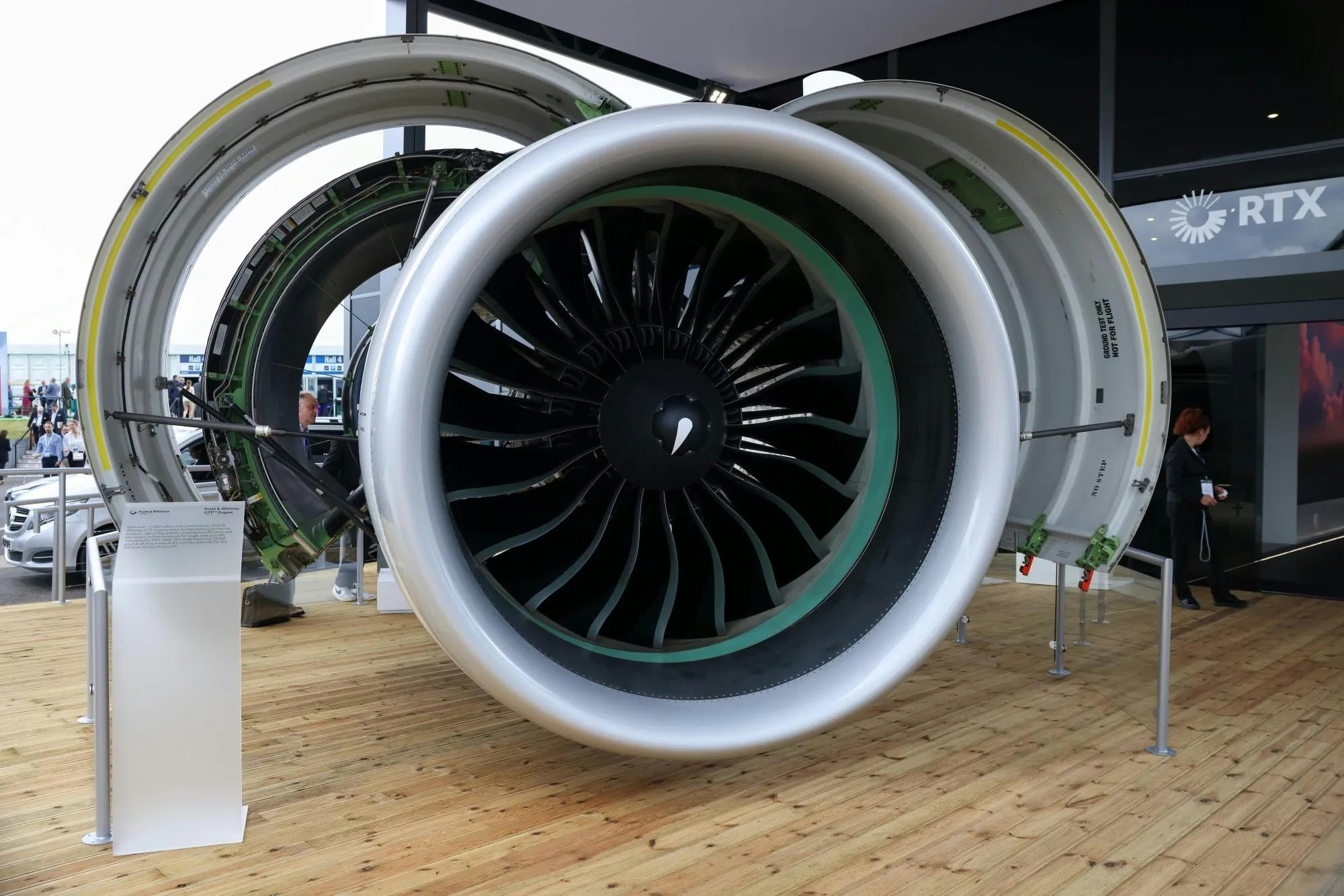
Spirit Signs Agreement with Pratt & Whitney Units on Aircraft Engines

ADB SAFEGATE Receives Industry Awards for Marketing, R&D, and Social Impact

GA Telesis Secures Five-Year Landing Gear Overhaul Agreement with Major U.S. Carrier
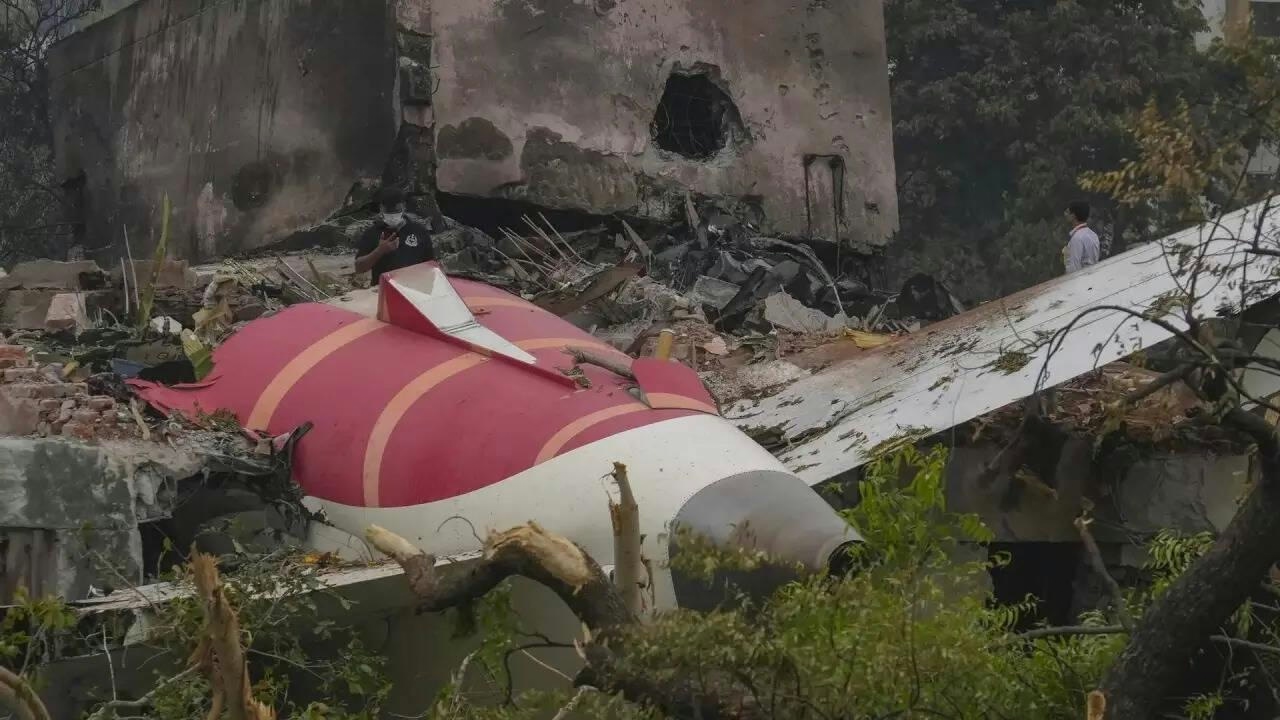
Government Strengthens Aviation Safety Framework Amid AI-171 Investigation
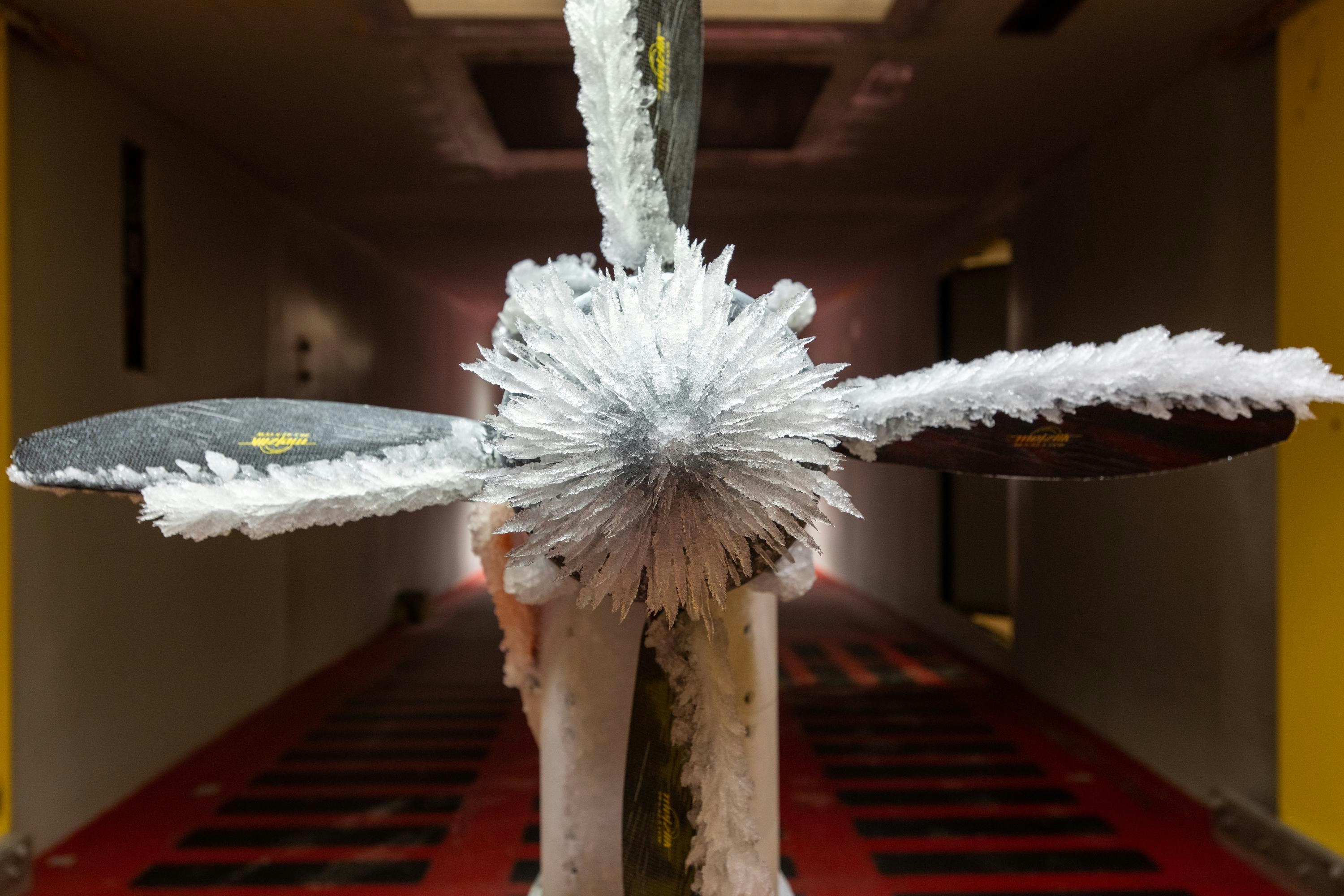
NASA Software Raises Bar for Aircraft Icing Research

Dans and Emirates Aviation University Partner on AI Air Traffic Management Research
